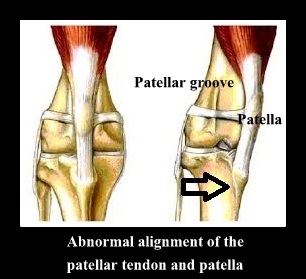$2200-$2500
Price includes pre- and post-operative radiographs, epidural, medications, and follow-up radiographs at 4 and 8 weeks.

The medial luxating patella is a common diagnosis in small breed dogs in which the patella (kneecap) dislocates. When affected, most owners will notice the dog “skipping” intermittently. This usually happens during running – the dog will briefly carry the affected leg and then suddenly return to using it. They often alternate this “skipping” on each of the back legs.
Approximately 50% of affected dogs have both knees involved while the other 50% has only one knee involved.
What causes medial luxating patella?
Affected breeds are born with their patella and patellar tendon poorly aligned. Severely affected dogs may walk in a “knock-kneed” posture or may even have bowing deformities of the femur.

Is this condition painful?
The luxation of the patella itself is usually not painful, but over time this movement will cause arthritis and undue damage to the cartilage of patella and its groove. Also, dogs with MPL are prone to anterior cruciate ligament (ACL) damage.
Which Dogs Need Correction?
Medial patellar luxations are graded to assess severity:
Grade 1: The kneecap can be moved out of place but will return to normal position. Dogs with Grade 1 luxations usually do not require surgical repair.
Grade 2: The kneecap can be moved out of place but will not return to normal position. Grade 2 dogs may benefit from surgery but is not always required.
Grade 3: The kneecap is already out of place and although it can be manipulated into a normal position, it will not stay there. Dogs with Grade 3 disease should have surgery.
Grade 4: The kneecap is always out of place and cannot be manipulated into a normal position. Dogs with Grade 4 disease definitely should have surgery. Sometimes, however, the dislocation can lead to such severe bony changes that correction may not be possible.
